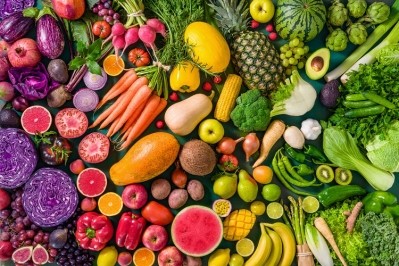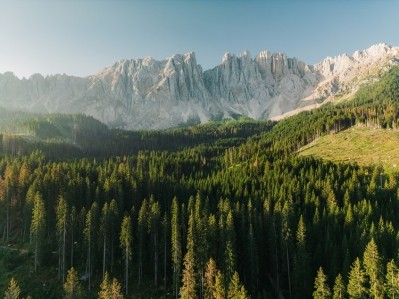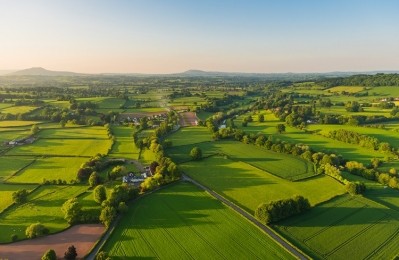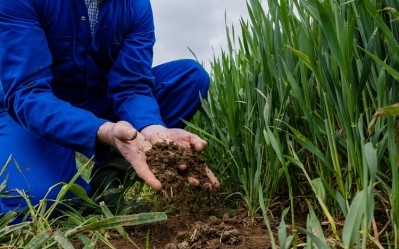Soup to ice cream: climate change pushing consumers to iced treats

Seasonal food and drinks consumption patterns, such as an uptick in soup sales during the winter and more ice cream sales in the summer, are less pronounced as climates change, especially in southern Europe.
“Monthly data on Spanish household consumption over the last 25 years shows a clear decline in soup consumption per capita and an increase in ice cream consumption,” new ING research shows.
The trend could be clearly linked to rising temperatures, particularly when sales data was combined with average monthly temperatures. This showed soup sales drooped when temperatures were higher than expected during what would be a typically cooler month.
How climate change impacts food sales
The same was true for ice cream when temperatures were hotter than usual in months when they should be cooler.
“We also observe shifts in how much households consume each month,” the report continues. “While ice cream consumption has increased every month, typically colder months such as February and November, show the strongest growth rates.”
As temperatures continue to increase, soup and ice cream makers should expect to see seasonal sales shift, with ice cream’s sales window becoming longer and soup’s shorter.
It’s similar for beer and wine sales, with at home consumption of wine dropping 35% in the last two decades – becoming more pronounced during the summer at 40% – and at home beer drinking upping 60% over the same period.
However, when the weather is cooler, beer sales have ramped up by 75% during the winter months. “The reason behind this pattern is that red wine, in particular, is traditionally associated with the colder seasons, and as winters become warmer, it gradually loses popularity in comparison to beer,” says the report.
Climate change-proof portfolio
Temperature increases were having a distinct impact on consumption patterns and would continue to do so.
Food and drink makers would therefore need to diversify portfolios and “climate proof” them to survive the shock of changing climates.
“At the same time, it can be a growth driver for other products,” advises the report. “However, growth is not evenly distributed throughout the year and periods with extreme temperatures are tricky to predict.”
Weather impacts on consumption patterns was one of five key lessons from ING’s From Field to Fork report that explored the impacts of climate change on food and drink production as well as consumption.















